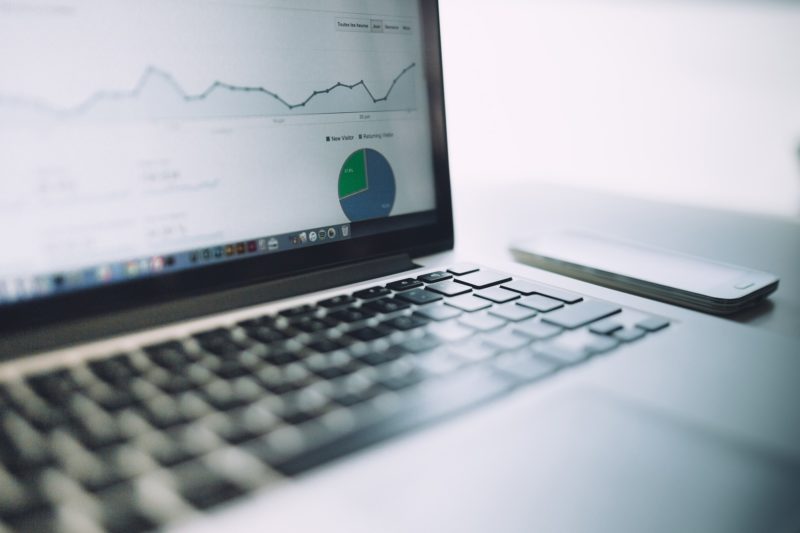Sales and Operations Planning (S&OP) is a continuous business process that enables firms from hospitals to chemicals to respond to emerging situations intelligently. To learn more, please read my previous blog ‘A Guide to Supply Chain Management: Making Intuition More Valuable’.
Our focus today is to discuss the relevance of buzz words such as Analytics, Predictive Analytics, Data Science, and Machine Learning, for S&OP.
What is analytics?
Analytics is a portfolio of loosely coupled methods for quantitative analysis that historically had “separate” disciplines or neighborhoods with common ancestors and occasional visits between groups.
- Older: areas such as statistics, optimization, simulation, and differential equations
- Middle aged: areas such as dashboard, business intelligence, and drill down (Keen 1976, “Interactive Computer Systems for Managers: A Modest Proposal“, Sloan Management Review, MIT, Vol. 18, No.1 pp. 1-18)
- New: areas such as artificial intelligence, machine learning, data mining and data science
These groups are classified by age, and is based on the introduction of this material into business school programs, use in business and stability in core content; not when work in these disciplines began. (We might use “availability in Excel directly or with Add-ons” as an “age metric’.)
For example, basic optimization and statistical methods have been part of business school programs for over 40 years and core methods are part of Excel. In contrast, machine learning, historically found in computer science departments, has been around as long as optimization, but its boundaries are hazy (See SAS on line article “Machine Learning: What it is and why it matters” and it is just being introduced into business school curriculum).
The term analytics emerged over the last 10 years (Rose, R. 2016, “Defining Analytics: A conceptual Framework” ORMS Today pp. 34-38,) driven by:
- Recognized need to apply quantitative analysis without borders to a myriad of challenges from credit card fraud detection to imbedded antennas in cell phones to spotting likely buyers based on click speed to alert conditions for “heart attacks” to targeting messages for voter groups or buyers of ice cream to suggesting matches for online dating sites.
- Computation methods now had equal standing with traditional mathematical equations
- The growing availability of data both in quantity and relevant time frequency
- Marketing efforts by firms such as IBM
The term analytics is new; the application of quantitative analysis without borders has been a mainstay of agents of change since 1970s (Norden, P. et al. 1986, “Artificial Intelligence and Management Science Practitioner – Getting a Handle on a Moving Target”, 16(6):61-63,).
The starting point is data and fast computation. Credit card fraud detection requires the real-time capture and storage of transactions and the ability to analyze and classify the pattern of activities. A critical element in heart monitoring is “capture and store” pressure via sensors placed inside the body. The data by itself is insufficient to drive an intelligent response. In credit cards, the role of the data scientist is to find the story in the data (see Dr. Perlich’s article “What’s a ‘Data Scientist’ Anyway?”). For heart monitoring, data science alone is insufficient. Knowledge of the cardiac system and a computational model are critical to success.
Let’s use credit card fraud to illustrate machine learning. The credit card company wants to identify purchase transactions that are fraudulent well before the customer receives their monthly bill. It pulls data sets with transaction histories with and without fraudulent purchases and applies machine learning to identify patterns associated with fraud. One pattern is a succession of short purchases in a location away from home. I came across this on a recent trip to LA, when I purchased gas and then coffee. The coffee purchase was rejected. The “machine learning” had failed to notice I had purchased a plane ticket to LA, flew to LA, and purchased groceries upon arrival. I had a learned response – call 800 number and have the agent post a manual override.
How can analytics “help” S&OP? In the list of topics above and most articles – there is no mention of S&OP! In fact, best of breed applications to support S&OP have been analytics leaders for years – however implementation is sporadic – a topic for a different time.
Demand Management
- Improving estimates of the future using historical information
- Continually identifying the best “collaboration combination” between sales reps, planners, and computational (statistical) methods by time period
- Moving from a point estimate of demand to capturing the likelihood in a usable fashion
- Identify latent demand opportunities
- Demand Shaping based on buy patterns and your production and inventory capabilities
Supply Planning – Matching Assets with Demand
As with cardiac monitoring, the critical success factor is a computational model of the demand supply network (DSN). Areas for improvement
- DSN models work at a simplified level, richer models are needed. Good planners have work a rounds; others are chasing or buried
- Especially true for capacity, which is often an illusion that sometimes works
- The ability to search for a quality answer quickly
- Explain the solution – huge opportunity
Inventory
This is often the poor step sister, caught between irrational discussions between finance, marketing, and production much of current practice has not changed in 20 years. Emerging analytical methods involving empirical distributions, better risk models, and multi-echelon methods will generate improved performance. Perhaps the biggest benefit will come linking model(s) of production and supplier capability with relevant time data on purchasing patterns and manufacturing status. Two examples: direct monitoring of line side stocking and dynamic adjustment of inventory targets and expected inventory levels to a planned manufacturing shutdown or an excursion (unplanned shutdown).
Analysis
Creation of the “plan “is the start of the process, the real work is the analysis to avoid over committing, but not miss opportunities. The level of analytics support is typically just dashboards” creating a huge opportunity for analytics.
- Part AAA has demand between 50 and 100 per day for 90 days in the future and the demand forecast used for the supply plan is 80.
- This part exclusively uses tool A00 which has a stated average daily capacity of XXX. This average incorporates planned maintenance and estimates of unplanned repair time.
- If XXX=200, then there is sufficient surplus capacity to support demand, therefore the planner might look for other demand for part AAA
- If XXX=120 and tool A00 has a history of long unplanned repairs, the planner may decide to maintain extra safety stock.
- If XXX=90, the supply will show as “capacity feasible”, there is a risk of demand surge that outstrips capacity
- If XXX= 70, the supply plan will call for a build ahead (creating inventory), but there is a risk demand will drop creating inventory without a home.
What does this mean for the S&OP Executives?
You need a balanced portfolio of methods to improve responsiveness. Better knowledge of demand generated by predictive analytics is of limited value if you leave inventory unused or you cannot identify capacity adjustments. Optimizing capacity allocation to a poor demand is just a nice piece of mathematics.
What is the key ingredient to growing this portfolio – agents of change – a future topic! We point the reader to the work of Dr. Karl Kempf, Senior Fellow Intel, director of decision technology, and the greatest agent of change in the modern era. A place to start is: “The Models are Incomplete, the Intuitions are Unreliable”.







